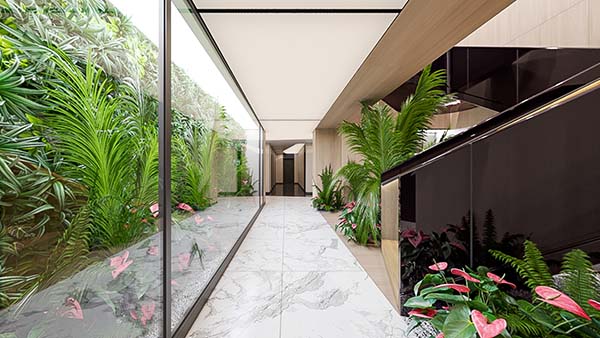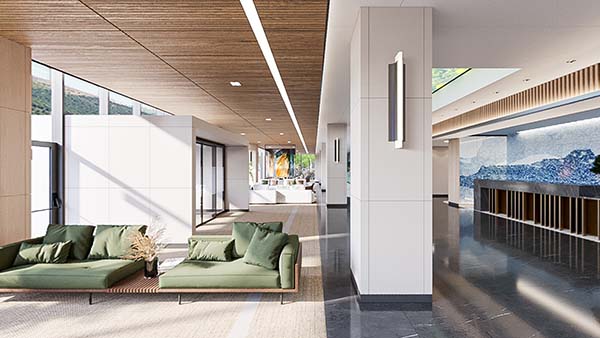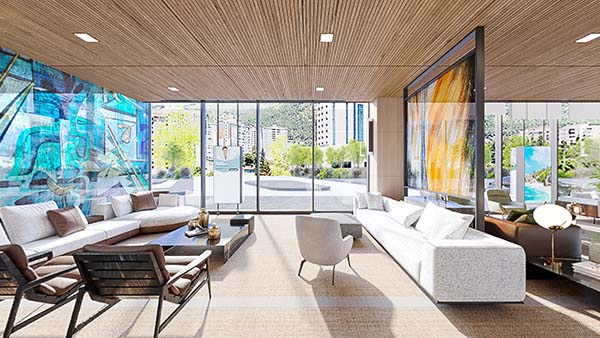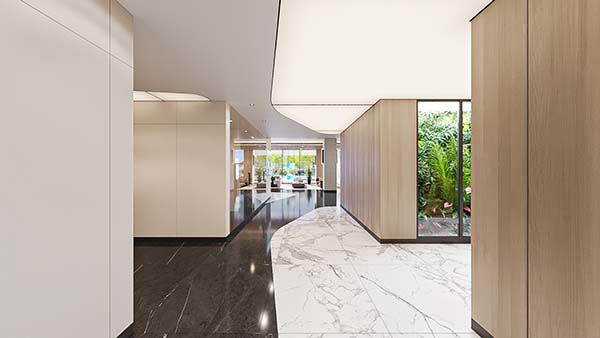Lighting design in healthcare design plays a crucial role in creating a welcoming and functional environment for patients and healthcare professionals. In the field of architecture and interior design, lighting design is a key consideration in the planning and design process, as it can impact the overall functionality and aesthetic of a healthcare facility.
In terms of functionality, proper lighting design can improve patient outcomes and reduce the risk of errors by healthcare professionals (Stern, 2014). Adequate lighting is essential for tasks such as administering medication or performing medical procedures, as it allows healthcare professionals to clearly see and identify objects and documents (Rea et al., 2018). In addition, appropriate lighting can also enhance the safety of patients and staff by improving visibility and reducing the risk of accidents (Li et al., 2017).


Furthermore, lighting design can also impact the overall patient experience and satisfaction. Research has shown that good lighting design can reduce patient anxiety and improve mood, leading to a more positive healthcare experience (Li et al., 2017). For example, natural light has been shown to have a calming effect on patients and can also improve sleep patterns (Jones et al., 2016). In addition, proper lighting can also improve the way patients perceive the cleanliness and overall appearance of a healthcare facility (Kreps et al., 2015).
In terms of design, lighting can also play a crucial role in the overall aesthetic of a healthcare facility. By carefully selecting lighting fixtures and utilizing various lighting techniques, architects and interior designers can create a welcoming and inviting atmosphere for patients (Stern, 2014). For example, the use of indirect lighting can create a softer, more calming atmosphere, while the use of accent lighting can highlight specific architectural features or artwork (Rea et al., 2018).

One real-world example of the importance of lighting design in healthcare design is the Children’s Hospital of Philadelphia. The hospital, designed by Francis Cauffman, utilized a variety of lighting techniques to create a welcoming and calming environment for patients and their families. Natural light was incorporated throughout the facility, including in patient rooms, corridors, and waiting areas (Cauffman, 2015). In addition, the hospital also utilized accent lighting to highlight architectural features and artwork, creating a warm and inviting atmosphere (Cauffman, 2015).
In conclusion, lighting design is a crucial aspect of healthcare design in the fields of architecture and interior design. Proper lighting design can improve patient outcomes and reduce the risk of errors, enhance patient satisfaction and the overall patient experience, and contribute to the overall aesthetic of a healthcare facility. Real-world examples such as the Children’s Hospital of Philadelphia demonstrate the importance of lighting design in creating a welcoming and functional healthcare environment.

References:
- Cauffman, F. (2015). Children’s Hospital of Philadelphia: Design for Healing. American Institute of Architects. Retrieved from https://www.aia.org/showcases/childrens-hospital-of-philadelphia-design-for-healing
- Jones, L. J., Schoettker, P. J., White, R. P., & Stettler, N. (2016). Natural light in hospitals: A systematic review. Journal of Clinical Nursing, 25(5-6), 706-719. doi:10.1111/jocn.13106
- Kreps, G. L., Weaver, M. T., & Jablonski, S. E. (2015). Patients’ perceptions of hospital aesthetics: An exploratory study. Healthcare Design, 15(3), 42-47.
- Li, Y., Chen, Z., & Zuo, L. (2017). The impact of lighting on human health in hospitals. Environmental Science

